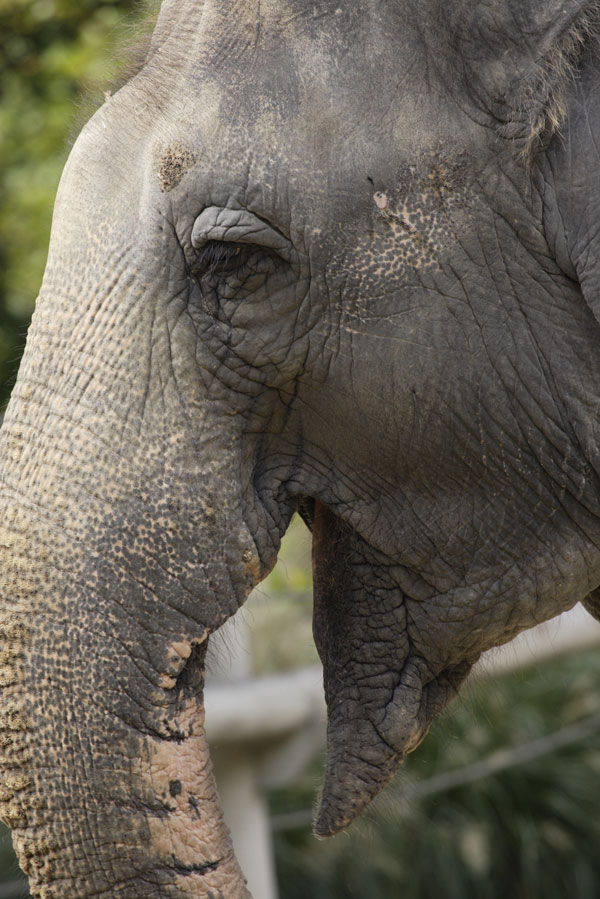
National Zoo Artificially Inseminates Asian Elephant

In an attempt to further conservation efforts for the Asian elephant, veterinarians at the Smithsonian National Zoo have performed a series of artificial insemination procedures on Shanthi, a 34-year old Asian elephant.
A successful pregnancy would be an important milestone in the zoo's commitment to Asian elephant conservation, zoo officials said in a statement.
For now, Scientists will monitor the level of the hormone progesterone in Shanthi's blood. If concentrations they find are elevated and stay that way for more than 10 weeks after insemination, it most likely would mean she is pregnant. An Asian elephant's gestation period ranges from 20 to 22 months.
In 2001, Shanthi gave birth to Kandula. He was the fifth elephant in the world conceived by artificial insemination. Through past artificial insemination procedures performed with Shanthi, zoo scientists were able to develop a greater understanding of elephant reproduction. Zoo reproductive physiologist Janine Brown discovered that elephants have what is called a double luteinizing hormone surge, which turned out to be vital for the proper timing of the artificial insemination.
This discovery was very useful, as artificially inseminating an elephant is a challenging and difficult medical procedure. The artificial insemination must be timed properly: Elephants have two surges of luteinizing hormone in about a three-week period. Using blood samples, scientists are able to detect when the first surge occurs. The second luteinizing hormone surge follows about 20 days later, and that is when artificial insemination takes place.
Other factors for success include a healthy reproductive tract for the elephant. The semen used for the procedure must also be of good quality and must be placed correctly in the cervix and/or uterus.
Artificial insemination has been used by zoos in other cases: In 2008, a rhinoceros at a zoo in England gave birth to the first rhino calf successfully generated from artificial insemination.
Sign up for the Live Science daily newsletter now
Get the world’s most fascinating discoveries delivered straight to your inbox.
An elephant birth would bolster the decreasing population of Asian elephants in North America and is an important step toward creating a multigenerational herd at the National Zoo. Zoo scientists have studied Asian elephants in the wild for more than 40 years in an effort to prevent their extinction. Approximately 30,000 to 40,000 Asian elephants remain in the wild today.










